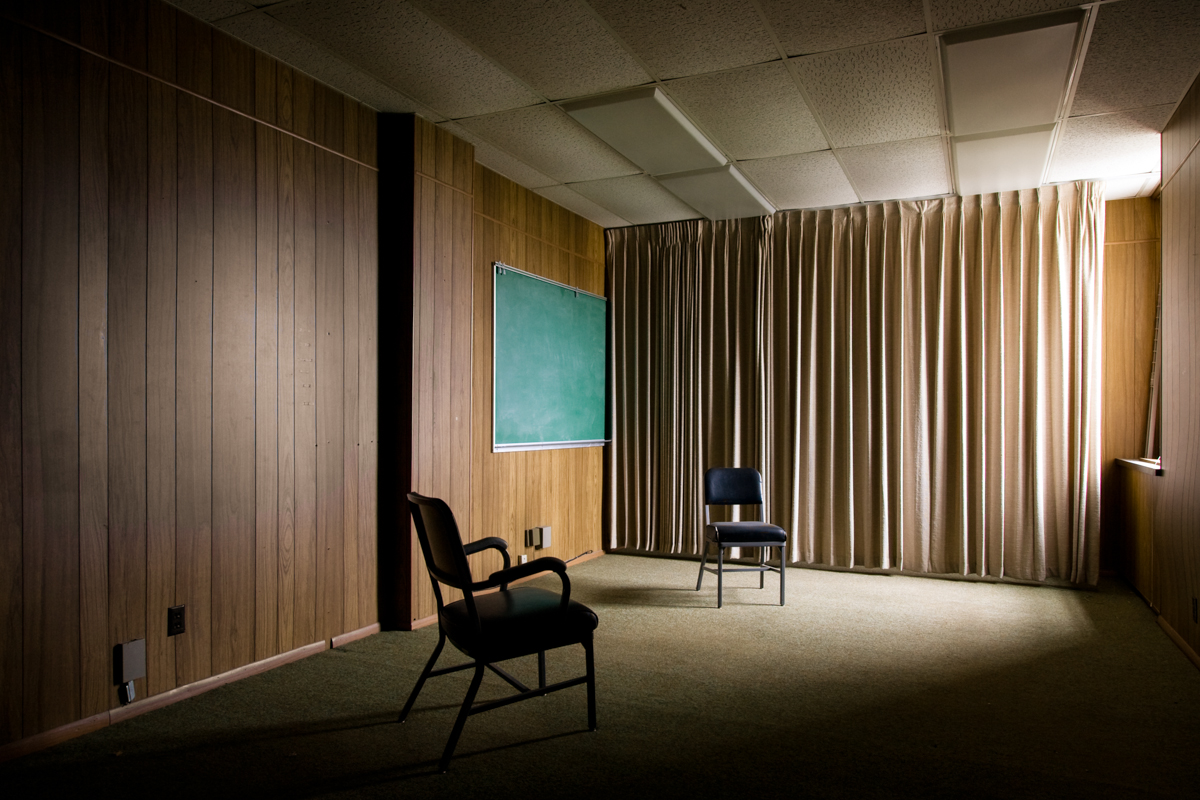Mare Island Naval Shipyard, California
The Mare Island Naval Shipyard has a rich 120-year history in California, but its original roots date back as far as 1775 when Spanish ship captain Don Juan Parez de Ayala landed and declared it “Flat Island.” However, it wasn’t until 1850, shortly after the United States acquired California, that real interest in the land surfaced.
The Navy purchased 956-acres in 1853 but delays with the land title pushed the transaction back a year. In 1854, Mare Island was founded and Commander David G. Farragut began construction the first West Coast Naval Shipyard.
The property contains several hundred buildings and other structures, all erected at various times throughout the base’s operational years, in a variety of architectural styles. Among these structures are the Naval Weapons Station, Marine Barracks, Nuclear Power School and Combat Systems Technical Schools Command and Hospital.
The first drydock on the West Coast was constructed here at Mare Island, built of gravel, stone and cement, and took nearly 20 years to complete. Approximately 400 vessels, including 17 nuclear submarines, were fabricated here, demonstrating Mare Island’s major contribution in the construction of ships during WWI & WWII. To this day, Mare Island holds the record for the quickest construction of a destroyer, built in just under 18 days.
Other accomplishments include; the construction of the first U.S. warship, the Toucey, a 155 foot long steamship with 3 guns (1959), converting the first coal burning vessel, Wyoming, into an oil burning ship (1905) and fabricating the only U.S. Battleship, California, on the west coast (1916.)
The U.S. Navy closed the Mare Island Naval Shipyard in 1996.


















































